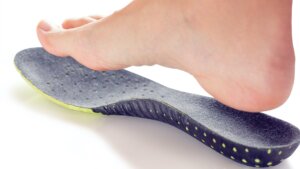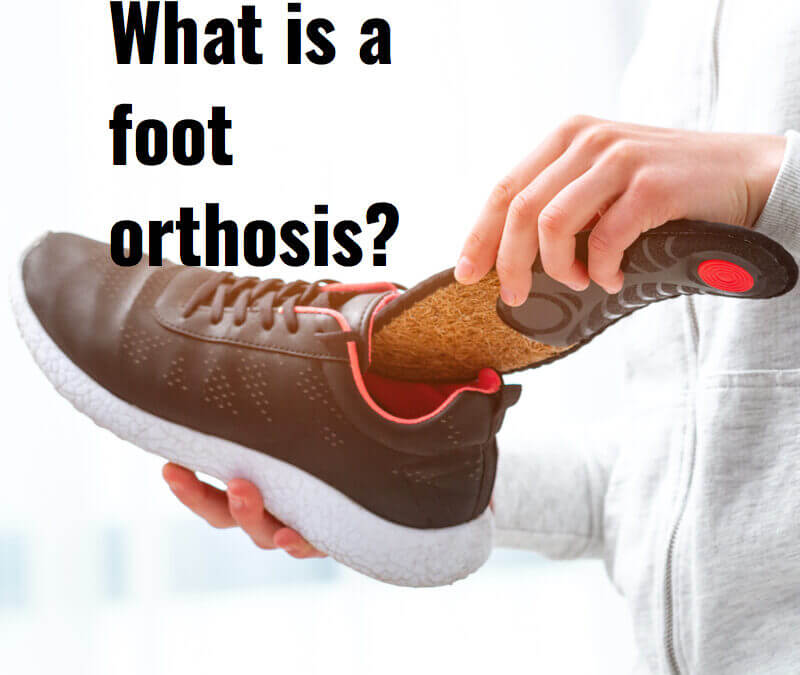A Standard Foot Treatment Device
This site does not sell orthoses or provide treatment.
What is an Orthotic?
An orthotic is a common foot treatment, but it does not just apply to feet; it can be used on other limbs and even the neck. The device fo the foot is a shaped piece of material that fits in a shoe and may be different lengths. Treatment to help improve foot and ankle function can be anything from soft to hard, sold over the counter, bought online, or provided as a prescription. You can buy your own or have an orthotic (orthosis) made to measure. Prices vary enormously. Access is easy, but advice varies enormously across English-speaking countries.
As a podiatrist, I thought I would see if I could find a site within five minutes. If I wanted to seek out the information to answer the question above, ‘What is an orthotic for the foot?’ I would not want to waste too much time. My first useful search was physiopedia, which surprised me as I would have thought a podiatry site would come up. This appealed to me because it looked user-friendly and offered a wide range of foot conditions. The other quality feature was that the site also looked at different parts of the body. Podiatrists and physiotherapists are probably the two primary professions that use orthoses. However, there are other groups, such as chiropractors. There is no law protecting the public from who can and cannot supply orthoses. These devices were called appliances 40 years ago, and you may find various types in magazine catalogues. Some caution is needed, so do read on. If you have any questions, fill out the reply form, and I will do my best to answer your query.

Here are a few tips
Orthoses can help with a wide range of foot problems.
Depending upon the material, they help maintain muscle-tendon balance around the ankle.
Orthoses can reduce foot pressure.
Orthoses do not correct flat foot shapes; they may only help with symptoms.
Heel pain can be helped enormously by foot orthoses, which are distinct from foam heel pads, which have less value.
You do not need a prescription for an orthosis
Prices vary widely, so be careful.
Buy a midrange orthosis, as cheap versions may work poorly as materials need to be robust.
If you have a foot deformity, medically related foot problem, constant pain and feel unsure, seek out a podiatrist or physiotherapist. Some foot health practitioners will also provide advice.
Should you have a made-to-measure design, also known as a prescription orthosis? If you have never had one before, it is generally recommended that you try out a low-cost orthosis first. A trial of up to three months is worthwhile. A prescription orthosis is used for the following reasons.
- To provide better foot control, reducing unwanted movement
- Taking into consideration the shoe’s depth and refining the material thickness
- Ensuring the correct strength versus flexibility matches the foot problem
- The type of condition you have does not work with mass-produced over-the-counter products
Why are Prescription Orthoses Expensive?

- Orthoses are made to measure and, therefore, are more costly in terms of time and materials.
- Devices are very different and may have alterations added to help with your foot condition.
- The professional who prescribes an orthotic takes many years to learn about their speciality and can save you money by best representing your needs.
- A full clinical examination and history is undertaken with the application of medical knowledge.
- A reputable manufacturer will be selected with product guarantees.
- Management is carried out in an appropriate clinic.
- If you are misled or treated improperly, a professional will come back. This adds security to your management and assures trust.
David was a former director of an orthotic company and taught the subject of orthotic manufacture and prescription for 10 years at Northampton University. He is also an author and qualified and registered podiatrist. His other books are available at Amazon.
Thanks for reading ‘The Foot Orthosis’ by David R. Tollafield.
David was a former director of an orthotic company and taught the subject of orthotic manufacture and prescription for 10 years at Northampton University. He is an author and qualified and registered podiatrist.

Published by Busypencilcase Communication & publications. Est. 2015
25 December 2020. Modified January 2025



Recent Comments